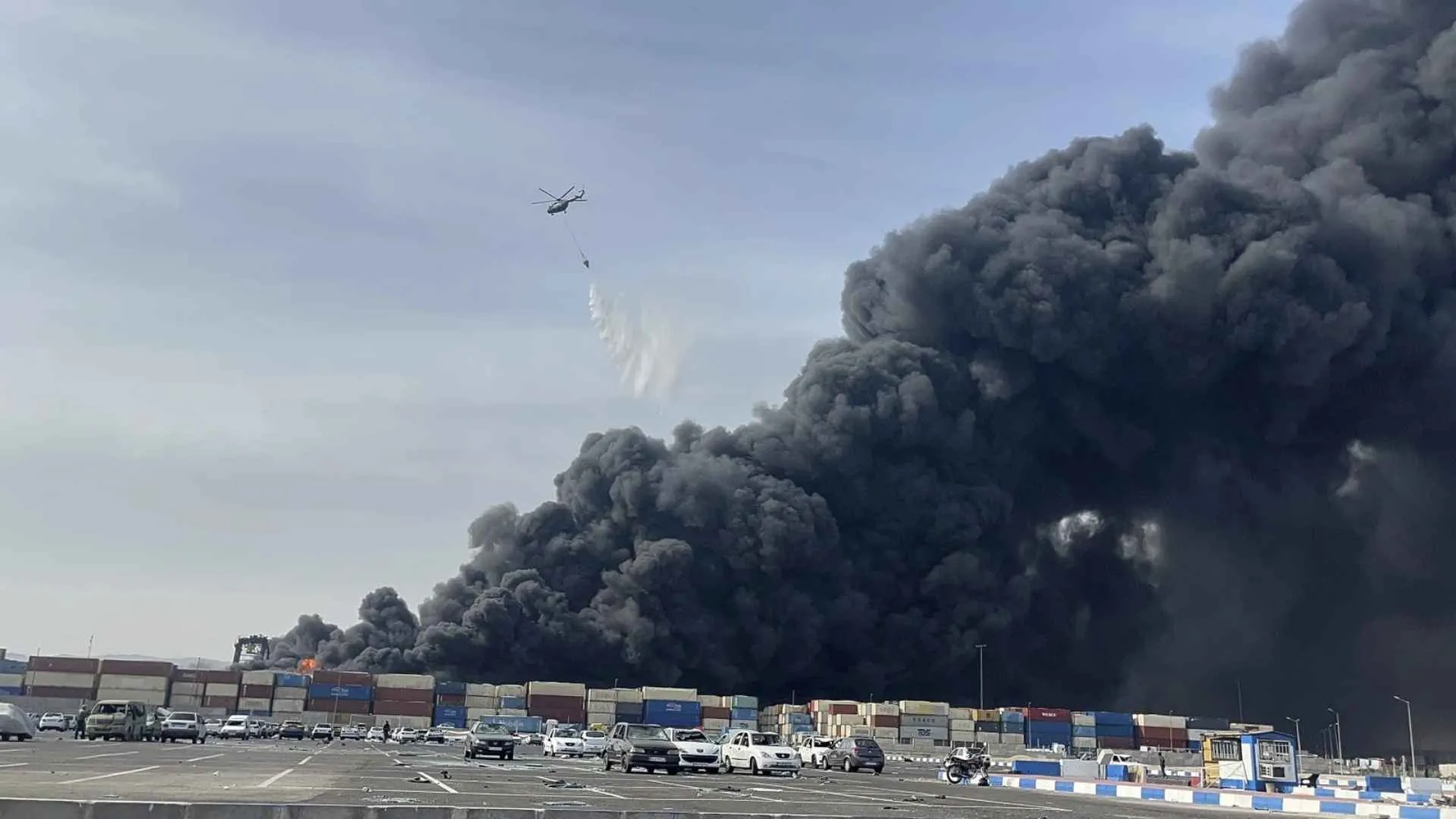A powerful and dangerous storm system has swept across the southern United States, leaving a trail of destruction and claiming the lives of at least seven people. The storms—described by the National Weather Service (NWS) as “once-in-a-generation”—brought deadly tornadoes, violent winds, and flash floods across multiple states on Wednesday and Thursday.
Officials fear the death toll may rise as emergency crews continue to sift through wreckage in areas where homes were flattened and power lines were torn down. The storms have already impacted communities in Tennessee, Missouri, Indiana, Kentucky, Arkansas, Mississippi, and more, and forecasters warn the severe weather is far from over.
Widespread Alerts and Destruction Across the Region
The NWS has issued dozens of alerts stretching from Texas to Pennsylvania. These include tornado watches, flash flood warnings, and flood alerts that are expected to remain active into the weekend. The threat includes “significant, life-threatening flash flooding,” which could last until Saturday.
Tornado warnings—some of the most serious alerts—were issued Thursday for parts of Texas, Louisiana, and West Virginia, while tornado watches were active in Arkansas, Mississippi, Kentucky, and Tennessee.
Meanwhile, bulldozers and cleanup crews have already begun clearing heavy debris in many of these regions, especially where homes were demolished and trees ripped from the ground. Power outages have been widespread due to falling lines.
Tennessee Suffers Major Losses, Flood Threat Still Rising
Tennessee has been one of the hardest-hit states in this storm system. Early weather reports estimate that wind speeds reached 160 mph (241 km/h) in Selmer, a town in southwestern Tennessee.
Governor Bill Lee issued a strong warning on Thursday, urging residents to stay vigilant. “Don’t let your guard down,” he said.
At least five people have died in Tennessee, including a father and his teenage daughter, according to state officials. Some areas could see up to 15 inches (38 cm) of rain before the storms pass—raising fears that already-swollen rivers will overflow and cause even more damage. “It looks like a swimming pool in my front yard,” said Ray Garcia, chief deputy of the Fayette County Sheriff’s Office, describing the flooding to the Associated Press.
President Donald Trump has approved an emergency declaration for Tennessee, allowing federal resources to assist with rescue, relief, and recovery operations.
Missouri, Indiana, and Kentucky Also Report Fatalities and Damage
In Missouri, Governor Mike Dehoe signed an executive order, mobilizing the National Guard to help with storm response. The Missouri Highway Patrol reported that one person was killed in the state’s southeast region.
Sgt. Clark Parrott said the victim, a 68-year-old man, might have been trying to help a stranded driver, according to a CBS-affiliated local station.
Indiana also reported casualties, though officials have not yet released details about those affected.
In western Kentucky, four people were injured while sheltering in a vehicle under a church carport, according to the Ballard County emergency management office. The storm ripped through several counties, leaving roads blocked and buildings damaged.
Tornadoes Toss Debris Thousands of Feet into the Sky
In Arkansas, the devastation has been especially intense. The National Weather Service documented EF3-category tornadoes in Bay and Lake City, with winds reaching 150 mph. A tornado near Blytheville was so powerful it reportedly tossed debris 25,000 feet (7,620 meters) into the air—the height of a commercial airplane in flight.
Railroad company BNSF confirmed that a train derailment occurred near the storm-hit city of Bay, although the exact cause is still under investigation.
The state’s emergency management office reported that 22 counties have been damaged by a mix of tornadoes, high winds, hail, and flooding. Mississippi’s governor said at least 60 homes were damaged in his state as well.
Communities Still Recovering from March’s Disasters
What makes this latest storm system even more heartbreaking is that many of the affected areas were already struggling to recover from previous disasters. In mid-March, tornadoes, wildfires, and dust storms killed at least 40 people across the region.
Now, with more heavy rainfall and strong winds expected to continue through Saturday, state and federal officials are racing against time to minimize further loss of life.
A Storm System That Won’t Quit
Weather experts warn that the current conditions are part of a large-scale, multi-day storm system that could continue spawning dangerous tornadoes, flash flooding, and hail. Rivers are rising fast, and in many low-lying communities, people are being urged to move to higher ground.
The National Weather Service continues to monitor the situation closely, issuing alerts and updates as the system moves eastward. But for now, millions remain under threat, and the cleanup is only just beginning.























